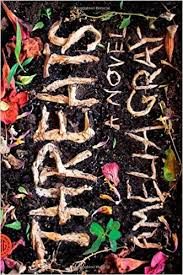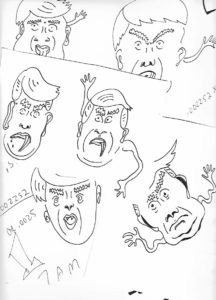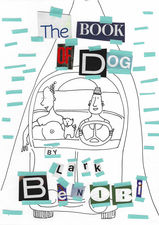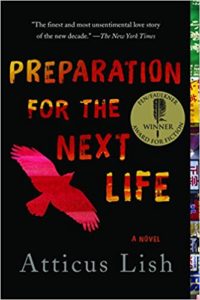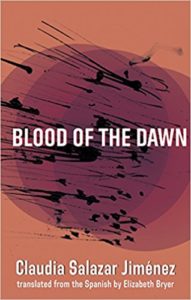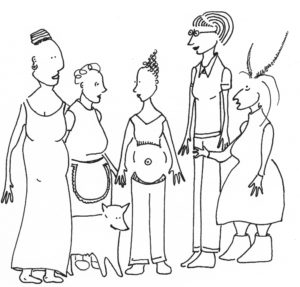Maybe your reading list just now includes bestsellers A Higher Loyalty by James Comey and Fire and Fury by Michael Wolff. If so then I suggest you ditch them both and read these two novels instead, to understand what is going on in the world— because Amelia Gray and Samanta Schweblin are the perfect oracles for our Gaslit Age.
Threats and Fever Dream were published two years apart, in different countries and in different languages, and yet they each capture the what is going on in the world miasma we’re living through, in the way only good fiction can. Fact and reason aren’t enough to help us cope just now. What are the facts, anyway? Why can’t we get a straight answer about anything at all from our elected officials? What is going on? And why is that guy still in office? If any of these questions plague you, then ditch the nonfiction bestseller list and pick up these novels instead.
Start with the book jackets. Look how similar they are. The images are fragmentary and dismembered. Something is not right. The all-caps titles shriek out at us that the stories inside are not meant to make us comfortable. And they don’t.
Threats is about a man coping with the sudden loss of his wife. Fever Dream is about a woman dying in a hospital bed. Or maybe not. Reading both of these novels you will find yourself thinking what is going on? over and over again. But never mind. The particulars don’t matter. Both of these novels, at their core, are about the anxieties of living in a modern urban culture. We live in a perpetual news cycle of random violence, terrorism, chemical warfare, police brutality, political conspiracy and environmental collapse. These novels are about none of these things, and yet all of them hover at the edges, just as they do in our daily thoughts. Having my anxieties distilled and poured into the pages of a novel helped me recognize the way my daily life is overrun with similar threats that have no easy solution. I recognize the paranoia of these novels as the rhythms of today’s reality.
Make no mistake: I was disoriented and upended by this writing. Each book left me to flounder on my own. But then suddenly I found myself making connections. As I read, I also would have feelings of compassion, recognition, joy, and agency. Somehow at the end of each of these short novels I felt ready to face the world as it is. Read them.
